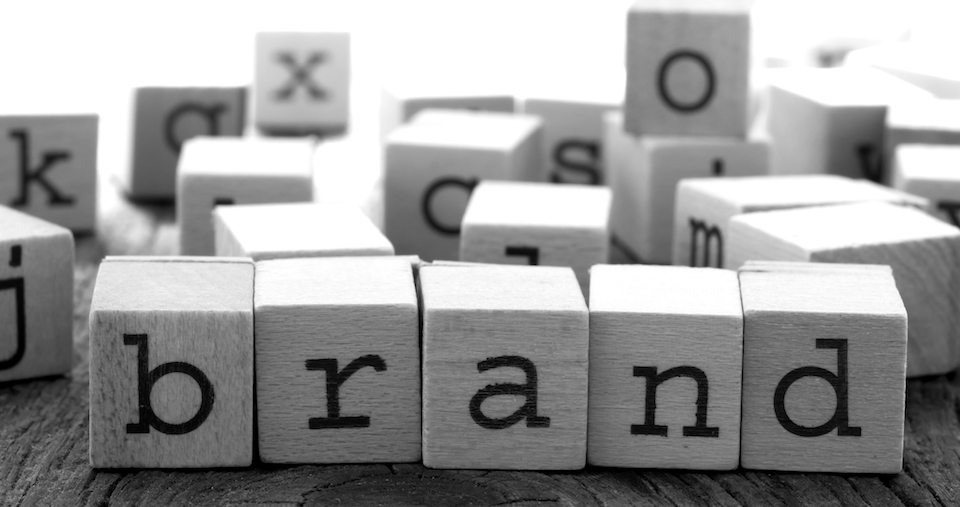What is a brand . . . really?

I am often asked, “What is a brand,” and 100% of the time people are surprised by my answer. Mostly they are surprised because they’ve never heard that answer before, but especially not from a marketing person. What is a brand? Short answer: it’s an experience. Long answer: It’s the sum of all the experiences that all people—employees, customers, suppliers, competitors, media, the public–have with your company. It’s comprised of every visual, every interaction, every message, and every sensory play a person is exposed to in your company. And although marketing is a big component of the overall brand, it is not the only way the brand is formed and conveyed.
However, marketing is often the catalyst and harnessing agent of the brand experience. Marketing is especially critical in terms of conveying the visual aspect of the brand as well as generating a consistent, well-defined, powerful brand message. These two aspects of branding are critical for many reasons.
The Power of the Visual Brand
First Impressions
The visual brand is the first impression your company makes with a customer. Roughly 90% of a first impression is made with visuals and within a few seconds of exposure. It is critical that this first impression be the impression you intended.
Build Recognition
The visual elements of a brand are the most critical elements for creating brand recognition over time. Logos, letterhead, advertisements, and other marketing elements should be visually consistent in order to build brand recognition as well as to tie marketing pieces back to each other as they guide the customer along the buying process.
 The Power of the Brand Message
The Power of the Brand Message
Compelling Stories
The brand message tells people what makes you great and why they should buy from you, work for you, or support you. It’s the element that conveys your brand values and what you bring to the table that no one else does. Its how you build that all-important emotional connection that creates brand loyalty and encourages people to advocate on behalf of your brand.
Consistent Stories
Just like visuals help build brand recognition over time, consistent stories build trust and recognition from an emotional standpoint. Stakeholders know, believe, and can help share your message the more they know it and see it to be reliable and true. It takes time for people to truly understand who you are, what you do, and what makes you different from the rest. Consistent brand stories help convey the message in a real and lasting way. This is true even in the digital age, when anyone with access to the web can ultimately contribute to your brand story. The more active you are in the messaging process, the better able it is to come through loud and clear above the din of user reviews, tweets, posts, and comments.
Marketing is and forever will be a critical aspect of a brand’s genesis and evolution. Marketing’s impact on a brand is at its peak when marketing is fully integrated with every department—HR, operations, accounting, etc.—and can help disseminate the brand story and visuals both internally and externally with the help of every department, employee, vendor, and customer. This is how we hear about the Zappos, Apples, and Nordstroms of the world. It happens when the Brand has legs, is cultivated and nurtured by marketing, and becomes an experience people want to be a part of and share with others.

